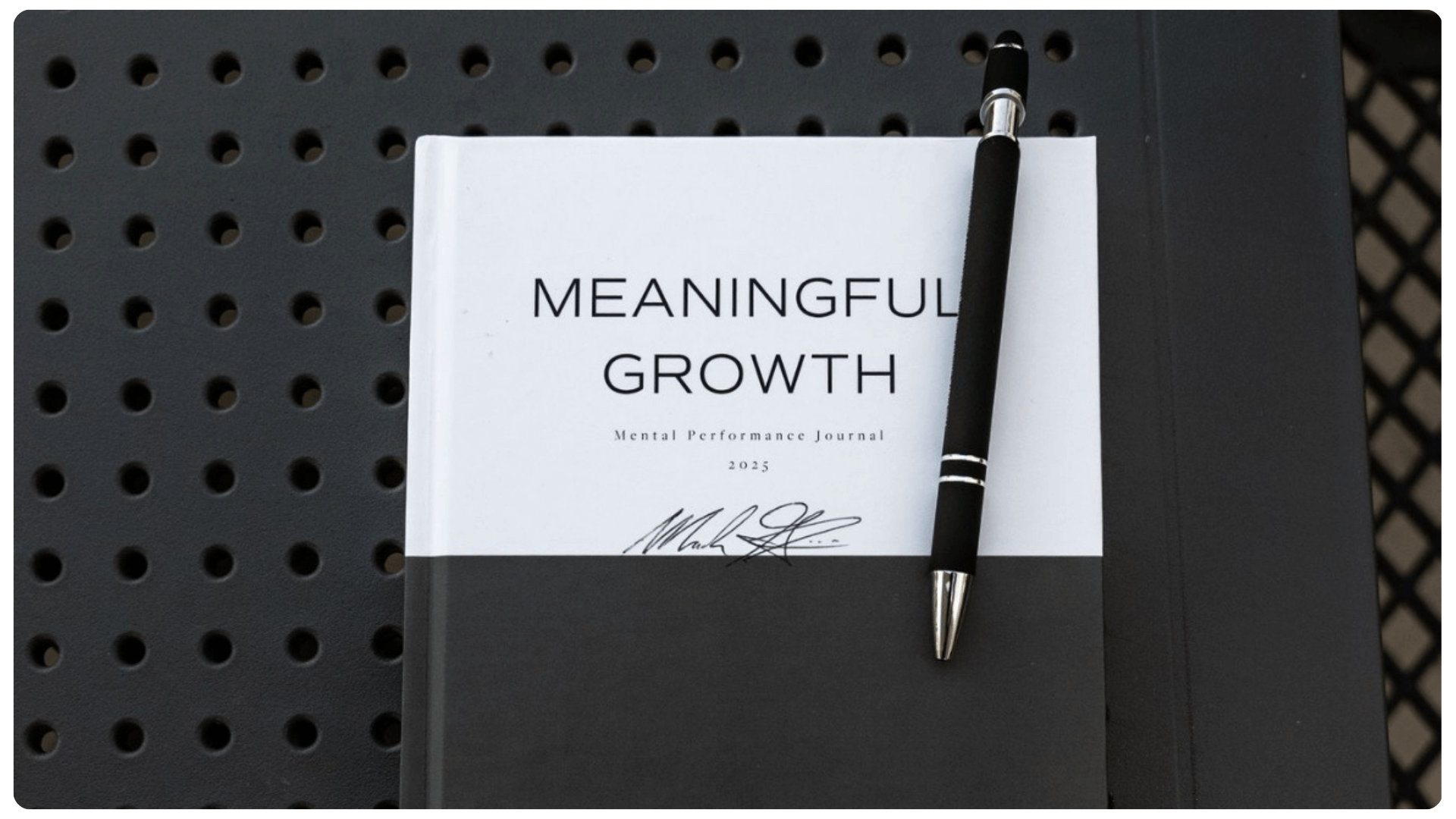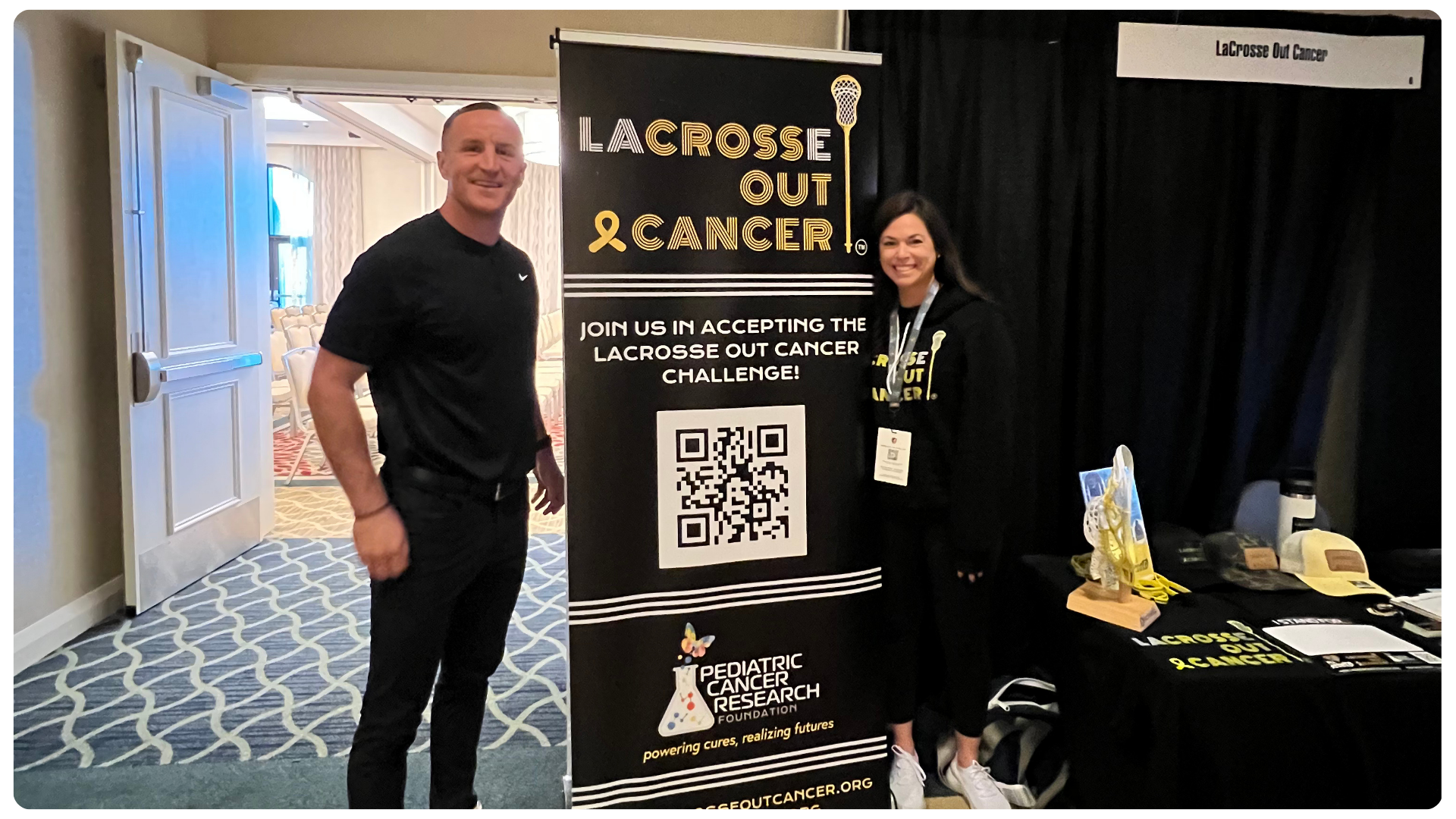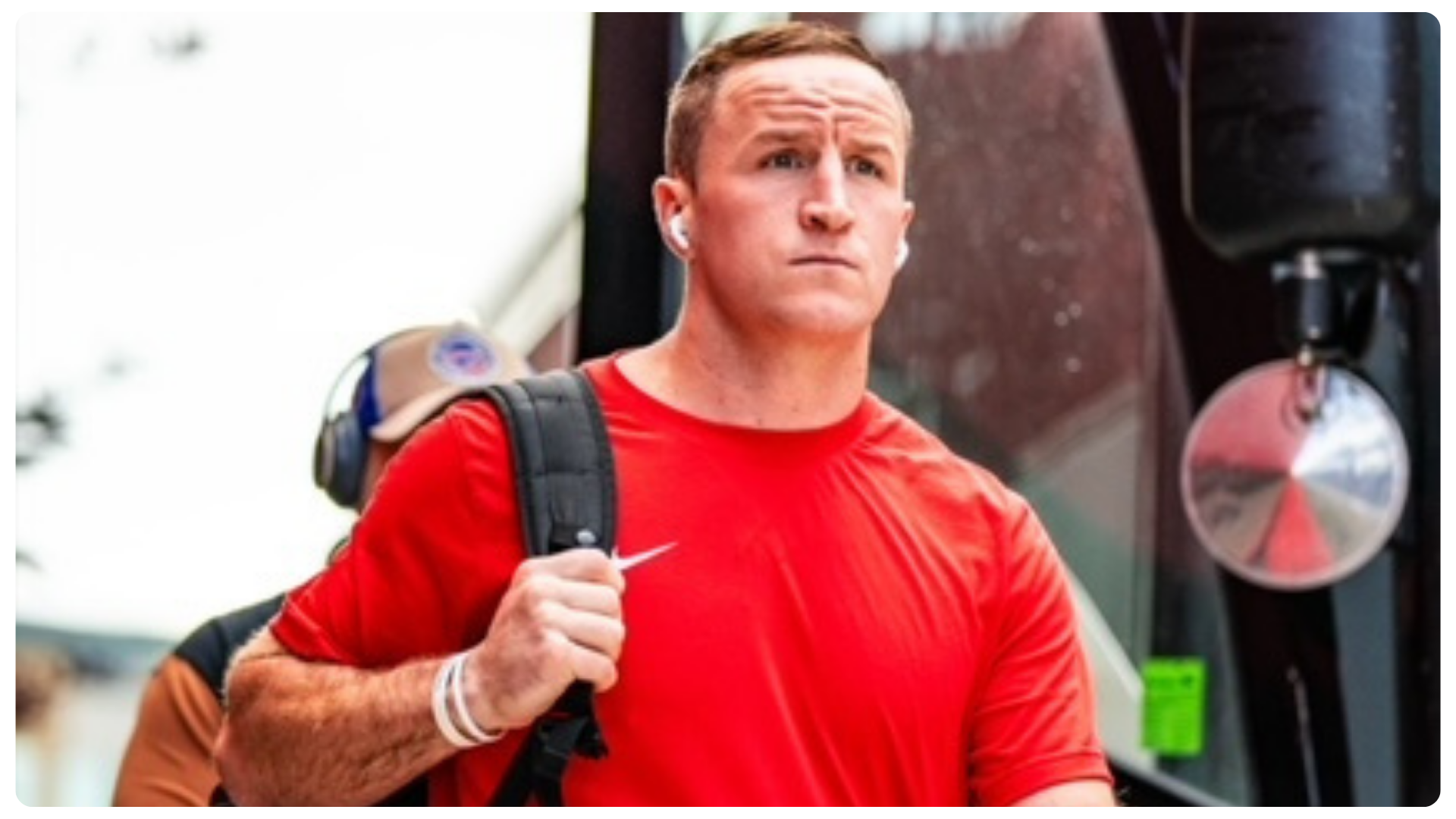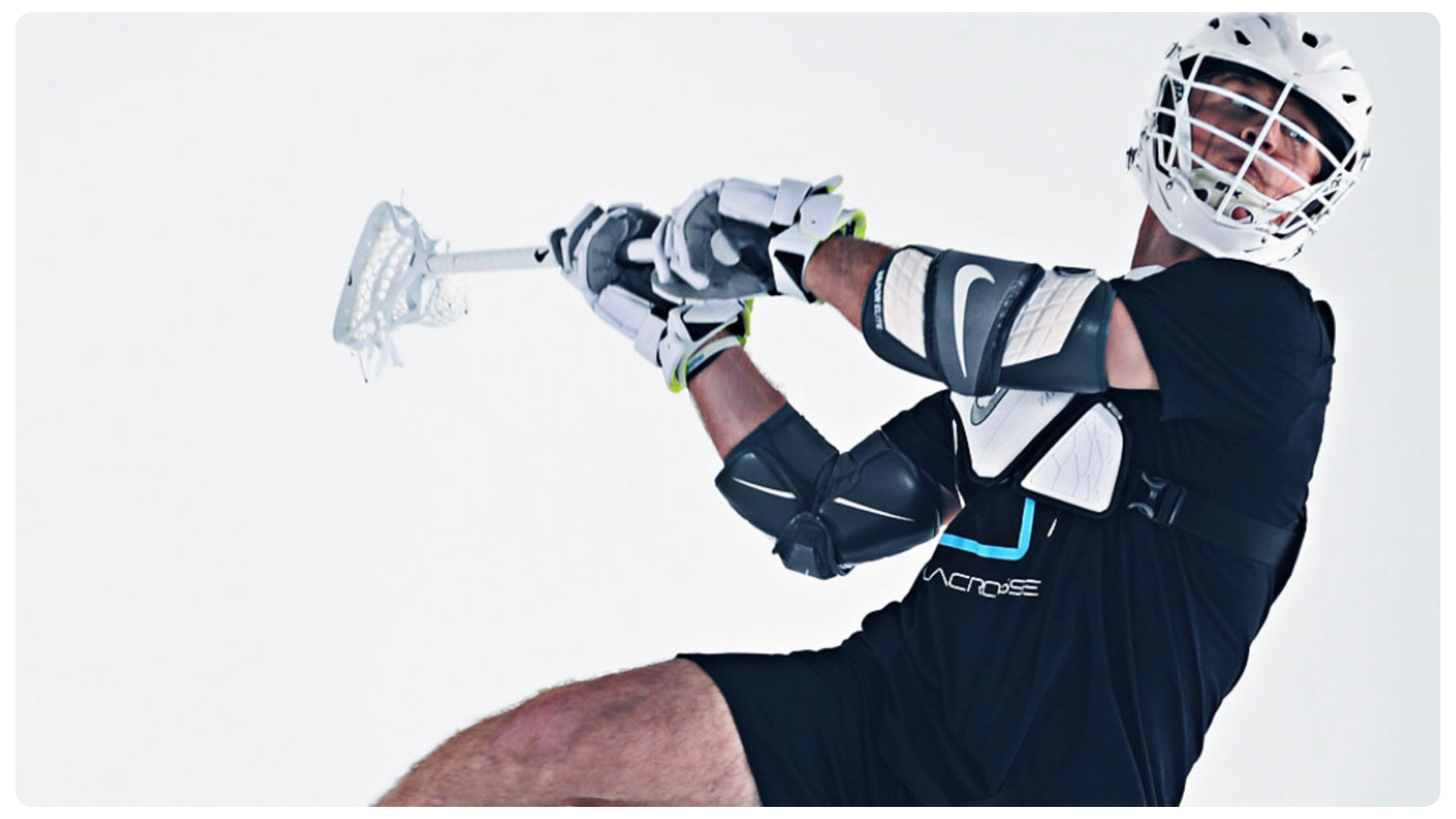Strength vs Resilience
The only reason we experience fear the present is our memory of the past.

Our actions change our attitudes. Our movements change our moods. Our motions change our emotions.
Most days I don’t feel like running until I start to run..
– Tom Fleming, 2x Winner of the NYC Marathon
Most weeks, I don’t feel like writing a blog until I start to write. I always begin by asking myself questions: What really matters to me? What do I think is important? What am I going through that a reader might relate to? What’s on my mind and heart that feels worth sharing?
This week, I really didn’t feel like writing this blog. A death in my family, travel across multiple cities in just a few days, work, meetings, and presentations—all of it seemed like valid excuses to let consistency slip. But then I remembered: to act professionally in any endeavor means showing up, especially when you least feel like it.
A true pro does their best when they feel like it least.
In psychology, there’s a well-known positive feedback loop:
Thoughts → Emotions → Actions → Thoughts → Emotions → Actions...
But in the same way that thoughts can spark emotions and emotions can spark actions, the most productive pattern often starts with behavior—which in turn changes thoughts and feelings. Rather than allowing your mind and emotions to captain the ship, take action.
Do you want to be calmer, more committed, more confident?
The first time I truly realized the importance of leading with behavior was in my teenage years.
I had no problem running a mile, doing an extra set at the gym, or shooting an extra bucket of lacrosse balls. My issue was with relaxation.
I had heard about the benefits of mindfulness. I’d seen role models use journals to capture thoughts, goals, and gratitudes. But I also convinced myself, “This is normal. I can sleep when I’m dead. If I want to be an outstanding athlete, I can’t just work out—I have to outwork.”
That mindset led to soreness… which led to stiffness… which led to random aches, pains, and injuries. I was falling prey to my thoughts.
Sometimes that meant taking a short nap to catch up on sleep. Other times, I’d eat too much, thinking I might be undernourished. Many days, I’d sit down in the shower just to give myself a break from an impending breakdown.
But I wasn’t just tuning into how I felt—I was reacting to every fleeting emotion.
One day, I chose to walk instead of run. Another day, I stretched instead of lifting. Another time, I lay down, closed my eyes, and meditated—instead of sitting in the shower, letting falling water mix with tears.
The controlled action of a nature walk, the gentle movement of yoga, the intentional stillness of meditation—they made me feel free. My thoughts became clearer. My emotions felt calmer. These new habits—these deliberate actions and purposeful inactions—helped me reset my inner world.
I learned something that stuck:
If you want to become more (or less) of something—more relaxed, less anxious—you don’t have to wait to feel it.
He who hesitates is lost.
She who doubts doesn’t follow through.
It’s about getting energy in motion rather than being overly reliant on emotions.
“I don’t feel like it” are five words that, when repeated often enough, lead to failure.
It’s unrealistic to wait for some Forrest-Gump-style moment of inspiration where you suddenly “feel like running.”
Send the first text.
Make the first call.
A human in motion tends to stay in motion.
N:ow, GO!
— MG
Mark was born and raised in New Jersey where he became an elite high school student-athlete. He earned varsity letters as captain of his high school football, basketball and lacrosse teams and was elected into the National & Spanish National Honor Societies. He attended a post-graduate academic program at Deerfield Academy in Deerfield, MA before college where he earned his Bachelor of Arts degree in Economics from Yale University in New Haven, CT. He is currently a graduate student working toward his doctorate degree in Sport & Performance Psychology at San Diego University for Integrative Studies under Dr. Cristina Versari, Founder & CEO of SDUIS and former Head of Sport Psychology for the National Basketball Association. He is a Teaching Associate with Dr. Robert Gilbert, a Professor at Montclair State University (NJ) and a leading authority and author in the field of Applied Sport Psychology. Mark is currently the lead Mental Health & Wellness Player Advocate for the Premier Lacrosse League.
Mark is a Certified Fitness Trainer, Nutritionist & Mental Performance Coach and currently a graduate student of Sport & Performance Psychology at San Diego University for Integrative Studies.
At Mark Glicini Peak Performance, we understand how physical health reflects mental health, studies how intention drives behavior, and provides clarity as to why peak performance training requires an integrative approach, mind + body + spirit.
As the Mark Glicini Meaningful Growth Foundation embarks on a journey of endurance and togetherness against the trials and tribulations brought upon by cancer, I state: every inch of my heart is in this.
Like so many, cancer has had a profound impact on my life. It took the lives of my grandfather and uncle before I was born. For years starting in 2011, I stood by my mother’s side as she battled and overcame lymphoma. Her fortitude, unwavering support from loved ones and God’s will triumphed amid extreme adversity.
Although we have not and may not win every fight, we will relentlessly strive to make an individual’s growth meaningful and to ensure his or her family feels cared for and supported. Thank you for your love, God Bless!

The only reason we experience fear the present is our memory of the past.

What do you value most? Are you living in alignment with your core values? Do you prioritize your priorities?

Building off last month’s post of knowing your numbers based on the Yerkes-Dodson Curve, optimal performance is realized through an interplay of...